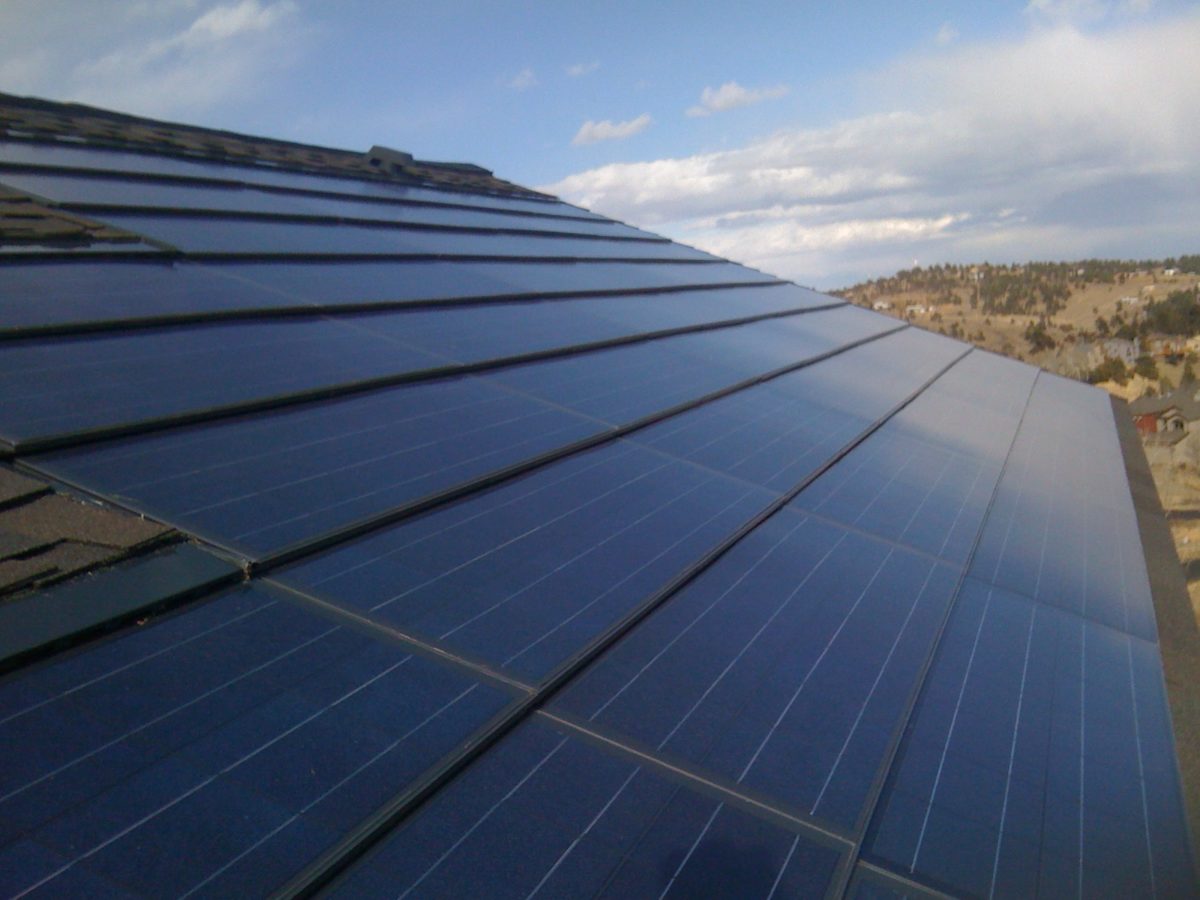A group of scientists from Norway’s University of Agder has proposed the use of three-phase voltage source inverters in grid-connected BIPV systems.
They claim that the reactive power capability of such devices could help to reduce problems caused by the intermittent nature of solar power on distribution networks. “In case of high PV production level, the whole power system will be out of control and there is a potential risk of significant reverse power circulation, and accordingly causing unacceptable voltage hike in the network voltage,” the researchers said in Three-phase grid-connected building integrated photovoltaic system with reactive power control capability, published in Renewable Energy and on the ScienceDirect website.
They said that the use of voltage source inverters – inverters with a DC input as a voltage source – offers a viable alternative to deploying expensive grid infrastructure such as under-load tap changing transformers, step voltage regulators, and fixed and switchable capacitors.
Voltage source inverters can be utilized to inject or absorb reactive power for voltage compensation as an ancillary service, the research group stated. “The advantages of utilizing PV inverters over expensive grid infrastructures are the capability of providing continuous variable reactive power which enables to manage the voltage more closely, and inverter quick response in comparison with switched capacitors,” they said.
In areas with high penetrations of solar, voltage source inverters can be used as volt-ampere reactive compensators by providing reactive power absorbed by local loads.
Popular content
“This will assist to attenuate the voltage regulation problems along with the power factor improvement while enhancing the grid stability and maximizing the power transmission capability by reducing transmission loss,” the scientists explained. “In the meantime, this will be a significant economic benefit for consumers to avoid the cost of the equipment required to control the power factor.”
The power factor is a measure of the phase difference between the voltage and current in an AC power system.
The group developed a demonstration system model featuring a 7.63 KW PV array module, a three-phase voltage source inverter with 9.5 kVA of capacity, a boost converter, a three-phase dynamic load, and a utility grid.
Their simulation showed that the proposed system is able to feed maximum available power from the solar panels and the reactive power subjected to the inverter capacity, regardless of any loading conditions to regulate the system voltage and improve the system power factor in both low or high PV penetration situations. According to their findings, the grid fulfills the load demand when there is no PV power and absorbs excess reactive power from the inverter.
This content is protected by copyright and may not be reused. If you want to cooperate with us and would like to reuse some of our content, please contact: editors@pv-magazine.com.



1 comment
By submitting this form you agree to pv magazine using your data for the purposes of publishing your comment.
Your personal data will only be disclosed or otherwise transmitted to third parties for the purposes of spam filtering or if this is necessary for technical maintenance of the website. Any other transfer to third parties will not take place unless this is justified on the basis of applicable data protection regulations or if pv magazine is legally obliged to do so.
You may revoke this consent at any time with effect for the future, in which case your personal data will be deleted immediately. Otherwise, your data will be deleted if pv magazine has processed your request or the purpose of data storage is fulfilled.
Further information on data privacy can be found in our Data Protection Policy.